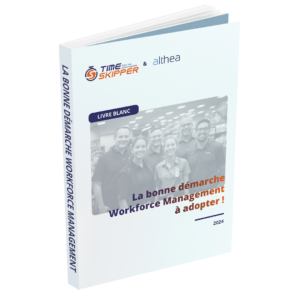Activity peaks: the turnkey solution to keep them under control

L’hypermarché présente un éventail relativement dense de batailles à mener, pour gagner le combat de sa restructuration. Depuis quelques années une problématique supplémentaire s’est invitée, histoire de corser un peu la situation : la difficulté à recruter et à fidéliser les collaborateurs. Quelles en sont les raisons et les impacts, et comment enrayer l’exode des collaborateurs ?
Transformation rate: how to ensure conversion?

The DIY sector has experienced a real upturn over the last two years. However, there have been some signs of weakness: inflation, supply difficulties, delivery delays linked to the Covid crisis and the conflict in Ukraine, and volume drops in certain market segments… An environment that makes it too difficult to win market shares is in full swing on all fronts! In other words, it’s a tough challenge you’re your teams!
Driving change in retail stores: key points

L’hypermarché présente un éventail relativement dense de batailles à mener, pour gagner le combat de sa restructuration. Depuis quelques années une problématique supplémentaire s’est invitée, histoire de corser un peu la situation : la difficulté à recruter et à fidéliser les collaborateurs. Quelles en sont les raisons et les impacts, et comment enrayer l’exode des collaborateurs ?
A cultural and technological revolution to continue (2025 Challenges)

L’hypermarché présente un éventail relativement dense de batailles à mener, pour gagner le combat de sa restructuration. Depuis quelques années une problématique supplémentaire s’est invitée, histoire de corser un peu la situation : la difficulté à recruter et à fidéliser les collaborateurs. Quelles en sont les raisons et les impacts, et comment enrayer l’exode des collaborateurs ?
Optimizing working time in retail stores: a necessity

The DIY sector has experienced a real upturn over the last two years. However, there have been some signs of weakness: inflation, supply difficulties, delivery delays linked to the Covid crisis and the conflict in Ukraine, and volume drops in certain market segments… An environment that makes it too difficult to win market shares is in full swing on all fronts! In other words, it’s a tough challenge you’re your teams!
How can we adapt teamwork to cope with turnover in hypermarkets?

L’hypermarché présente un éventail relativement dense de batailles à mener, pour gagner le combat de sa restructuration. Depuis quelques années une problématique supplémentaire s’est invitée, histoire de corser un peu la situation : la difficulté à recruter et à fidéliser les collaborateurs. Quelles en sont les raisons et les impacts, et comment enrayer l’exode des collaborateurs ?
Manage your store takeover: towards a controlled and profitable organization

Introduction Taking over a store is often the project of a lifetime. However, if not well-prepared, this dream can quickly turn into a nightmare. To avoid this, it is crucial to master the key steps of the takeover and to understand the available margins for maneuver that the store has to improve both profitability and […]
Avoid the biases induced by Value per Worked Hour!
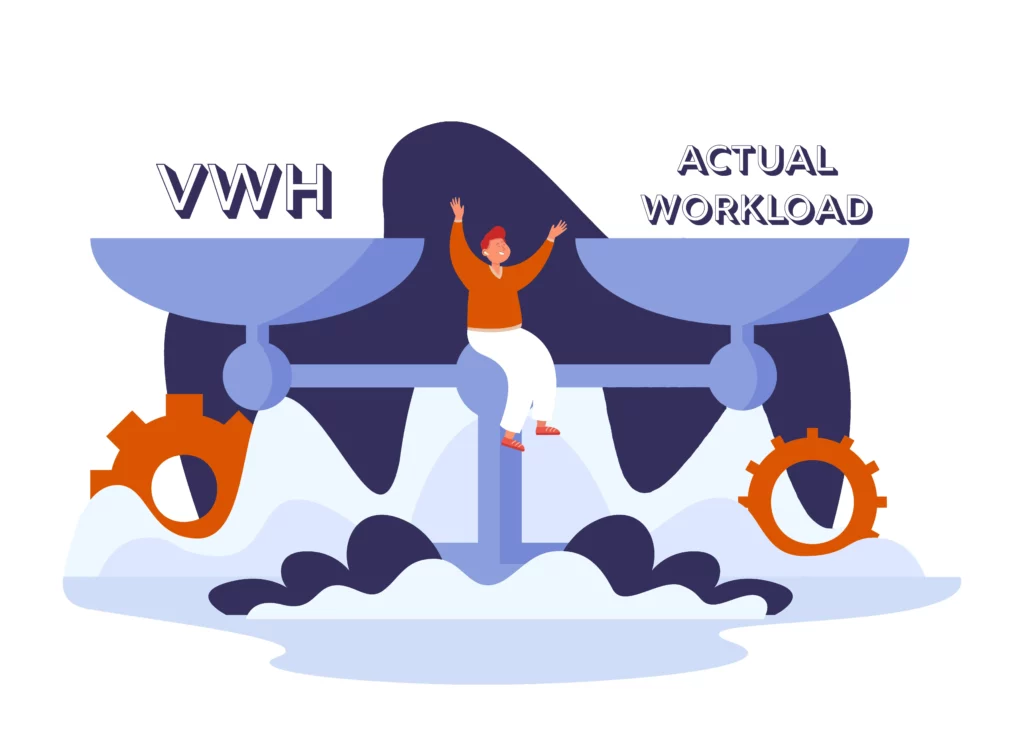
Introduction In the retail sector, the Value per Worked Hour (VWH) calculated from the revenue is often used as a key performance indicator to plan labor needs. However, this well-known metric can, if misused, introduce biases that distort the evaluation of resources and performance. Understanding these biases is essential for optimizing resource management and ensuring […]
LEAN Management, a tool for distribution

With the hypermarket format in crisis, supermarkets and convenience stores crushed by competition against a backdrop of price wars and rising costs, and the meteoric rise of e-commerce, whose giants are stealing market share while imposing new consumer trends, it’s hard for retailers to stay on course for profitability! What’s more, almost intrinsic malfunctions (overwork, […]
How can we boost productivity at the point of sale? – with Carrefour Belgium
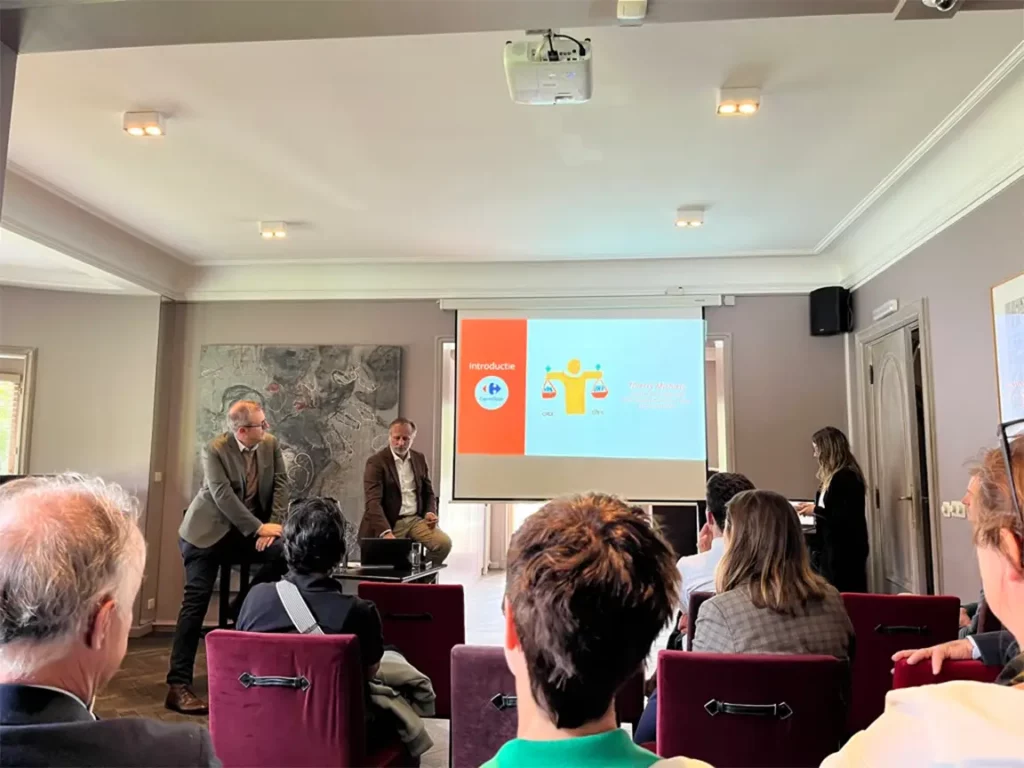
Carrefour Belgium: how can we increase the productivity of points of sale in an inflationary, competitive and changing environment? Answering this question also means understanding how to overcome the challenges facing retail. The Belgian retail sector is under pressure, and it has never been more crucial for retailers to differentiate themselves from the competition. With […]
How to successfully transfer your store’s signage?

The food retail market in France is undergoing a complete overhaul, with Intermarché, Auchan and Carrefour taking over Casino stores. These brand changes should boost the market share of these 3 banners, provided that each acquired store builds loyalty among its former customers, recruits new ones and makes them want to spend more, more often. […]
How can you increase the conversion rate at your point of sale?

A l’heure où l’utilité – et donc la rentabilité – de l’heure de travail est devenue un enjeu majeur de la distribution quelques bonnes questions doivent se poser : quel est le coût marginal lié à la présence d’une personne ou à une heure de travail supplémentaire par rapport à ce qu’elle rapporte ? De même sait-on ce que l’on perd en termes d’image, de chiffre d’affaires et de part de marché si l’on réduit trop le conseil à la vente ou les tâches liées à la bonne tenue du linéaire dans les modèles libre service ? Le point avec Timeskipper
Top 5 customer irritants and how to deal with them

Attente en caisse, manque de conseil, ruptures de stock, point de vente mal tenu… Qui n’a jamais été confronté à l’un de ces irritants majeurs en magasin, susceptible de saboter une expérience d’achat, et même conduire à la perte de ventes ? Si ces points de friction récurrents sont bien connus de l’ensemble de la distribution, la mise en place de diverses solutions, n’a jamais permis de totalement les enrayer, avant que le pilotage d’activité se révèle être LE moyen d’y remédier efficacement. Explications.
What is activity management?

Created to optimise efficiency within industrial production lines, activity management helps teams to organise their work within optimised time schedules, the need for which is becoming increasingly obvious in most business sectors. Work environments, processes, social behaviours and technologies are changing constantly and rapidly, requiring tailored adaptation and responsiveness. And it is precisely this operational […]
Managing the components of the marketing mix in food retailing with Timeskipper
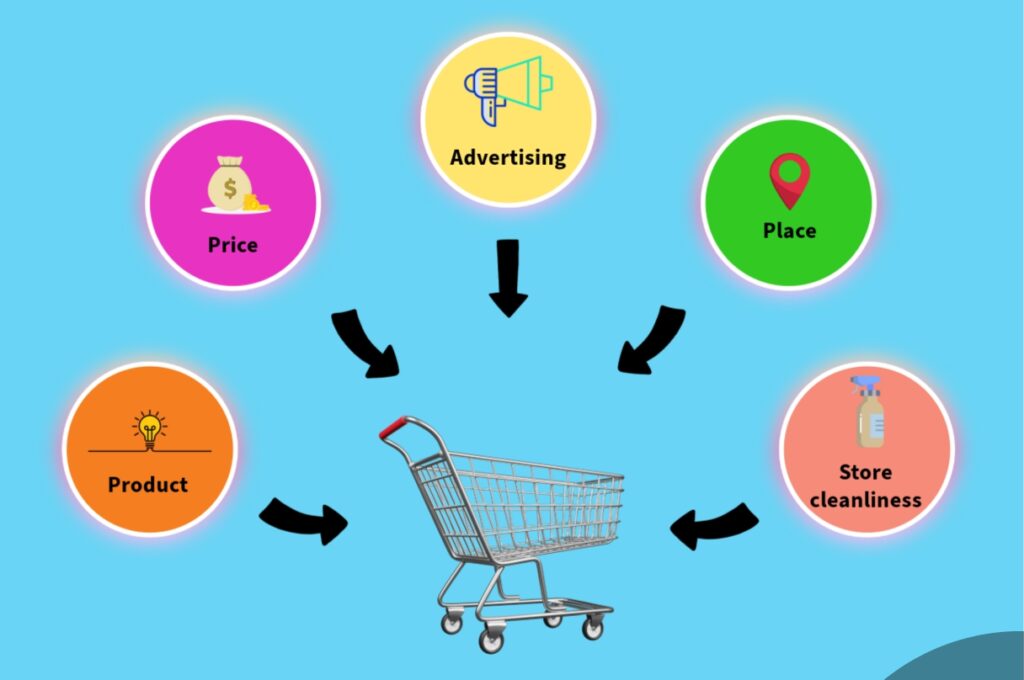
Product, price, promotion and placement: these four main pillars of the marketing mix comprise the operational strategies aimed at bringing the company and its market together. With the customer experience at the heart of today’s concerns in supermarkets, cleanliness is an essential fifth driver for the point of sale. The Timeskipper activity management platform can […]
Three examples of reorganisations made with Timeskipper

Are you interested in activity management software, but find it difficult to imagine what improvements such a tool could bring to your point of sale? Here are three real-life examples of reorganisations carried out within different retail models and shop types, thanks to the Timeskipper platform. I/ A 4,250 m2 franchise hypermarket: 13% growth […]
How do activity management and workforce management differ?

The terms “activity management” and “workforce management” are often used to define resource management. But while both solutions involve managing and optimising time and people, they come from different starting points and employ different approaches. Workforce management is based on an HR culture and is used to optimise work schedules: itschedules the right number of […]
Optimising assortments
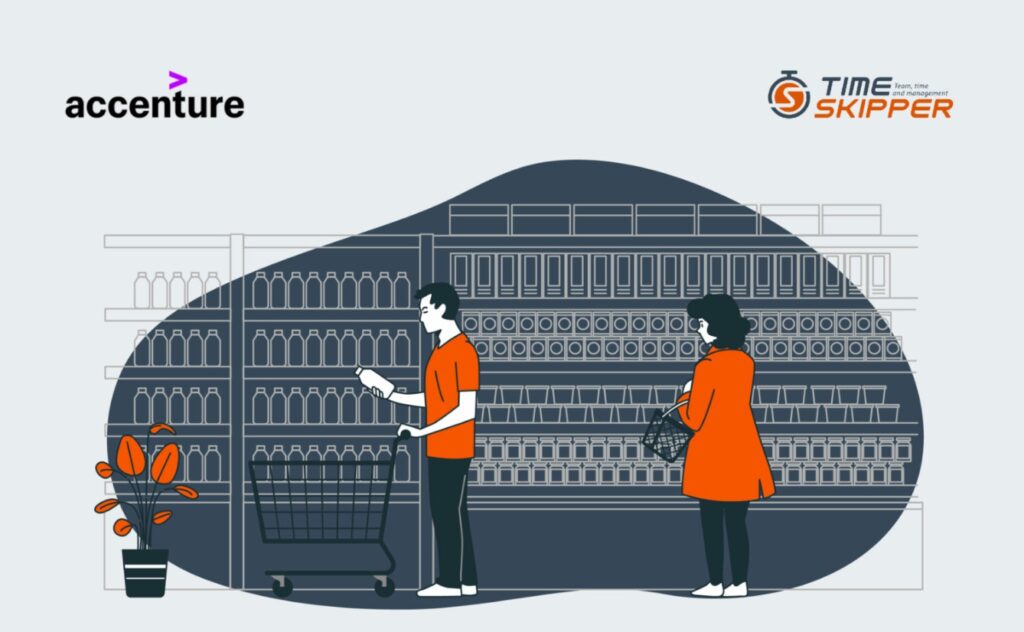
The current period of inflation has made prices the number one priority for food distributors. Customers’ budgets are under pressure, leading them to reassess their needs, and 60% of them have switched to lower ranges of products such as budget or own-brand lines. The hard discount model is the clear winner in Europe. Working on […]
How can department managers be given more autonomy and responsibility?

The Covid crisis speeded up changes in how people relate to work. Remote working and flexibility are now seen as normal, and this means greater autonomy and responsibility for company employees. In retail, where you need to be on hand to stock shelves, for example, this type of organisation is more difficult to set up. […]
What is the workload simulation tool used for at the point of sale?

How does the TimeSkipper platform help chains and points of sale prepare for seasons, open a new store or Drive-in, gain market share from a competitor that has closed for a certain period of time, prepare a budget, or adjust hours to a store’s workload? The essence of a store’s activity is to offer […]
Three key factors to improve operational excellence in retail

Crisis management within retail Against a backdrop of intense competitive pressure, the sector is experiencing considerable organisational constraints linked to its transformation in recent years as well as unprecedented difficulties in recruiting and retaining staff. An unstable situation that is blithely complicating the current economic environment, which includes price increases in energy, raw materials and random […]
What levers can be used to fight the effects of inflation on store organization and profitability?
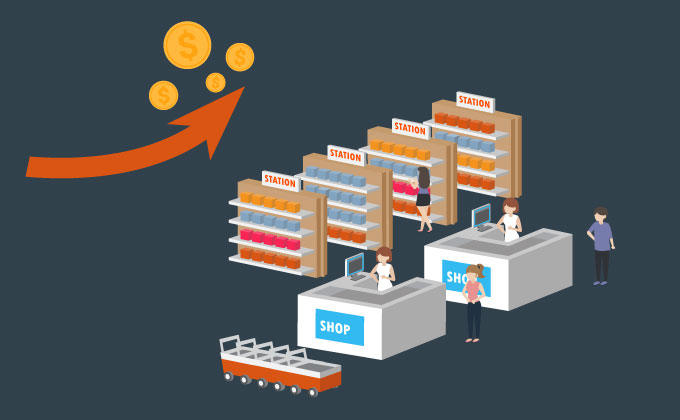
Inflation erodes store profitability and requires teams to adjust their work organization:
– taking into account daily variations in volumes and supply uncertainties
– giving priority to value-added tasks
– by assigning these tasks to the right person at the right time.
To achieve this, a workload calculation and management tool is necessary.
Timekeeping in the retail industry: the winning asset to optimise your activities

In the retail industry, proper use of working hours has become essential to provide the best possible service to customers and guarantee the store’s profitability. Managing this “good use of working hours” means ensuring that each employee is busy doing the right task, in the right way, at the right time and for the right length of time! This is a vast programme, the starting point of which is to have a repository of time-worth tasks based on in-store operation expertise, know-how and timekeeping techniques!
Drive-ins: how to manage order preparation teams better?

In recent years, the rise of drive-in food retail has been a genuine growth factor for points of sale, but it does not cost them any less! Indeed, the staff costs linked to preparing and delivering orders are high, and there’s no way this cost can be billed to the final customer. This is a major blow to profitability!
The answer to this economic model’s fragility lies in the ability to synchronise order preparation with the time slots dedicated to making products available to customers (slotting) while respecting the promise to have ordered items delivered on time. To achieve this, it’s essential to manage the workload correctly and guarantee an optimal employee occupancy rate. We’re talking about task management… the trick is to know how to do it when it comes to drive-in activities!
Timeskipper presents its new feature dedicated to forecasting and prioritising drive-in tasks to manage your point of sale better. Explanations…
How does Timeskipper support retail players in a turnaround situation?

Business turnaround refers to a set of practices aimed at reversing the trend of a situation that is not going well, with a view to revitalising the business and safeguarding jobs.
Recognised as THE solution for optimising the organisation of work in retail, the TimeSkipper platform is a major asset for supporting restructuring. This is particularly true when the risk of imminent bankruptcy requires an in-depth transformation of the organisation, work methods and consequently the allocation of resources. These situations have been particularly frequent over the last twenty months, with certain brands and formats suffering the full impact of the health crisis.
It is therefore quite natural that companies should turn to Timeskipper when they need to “do things quickly and well” in order to restore the fundamentals of their performance.

